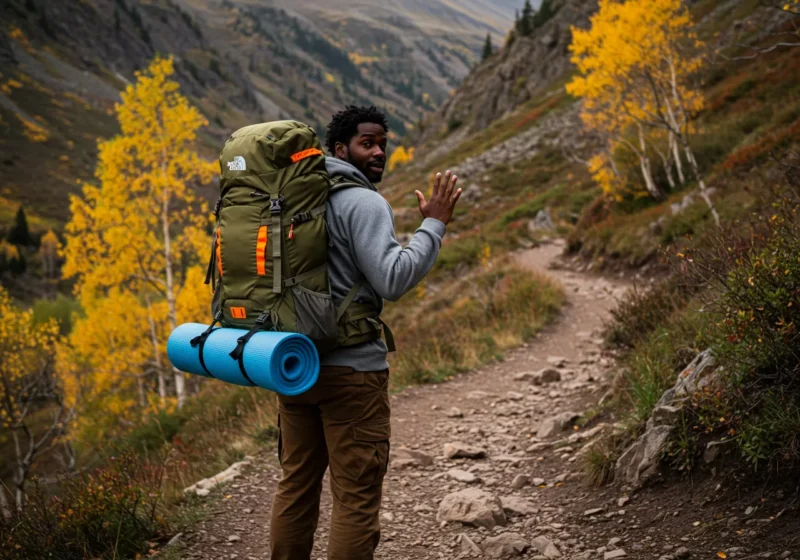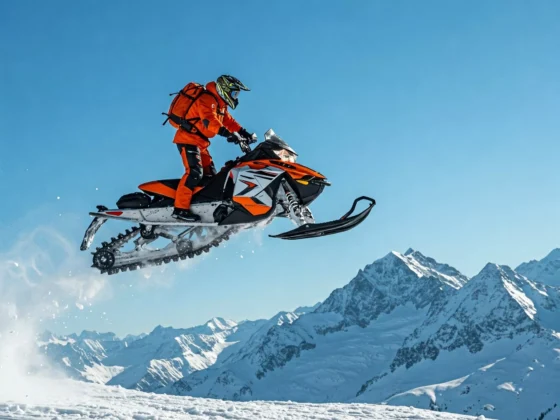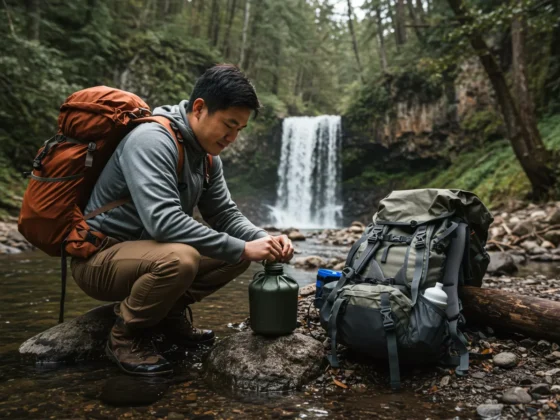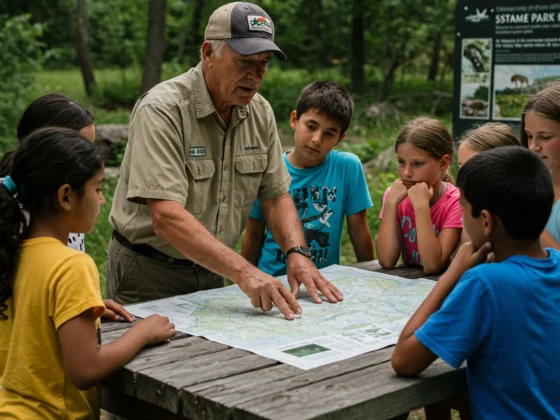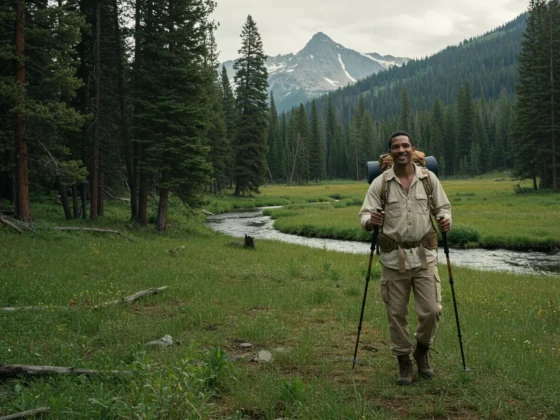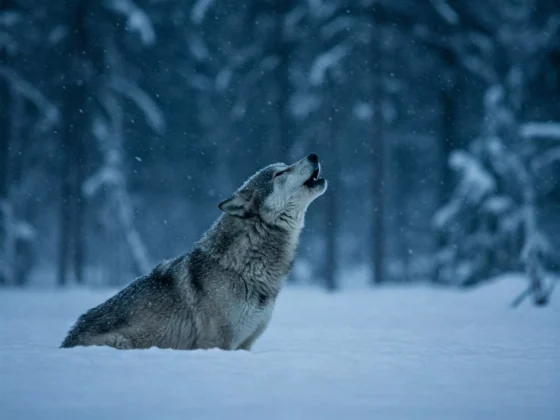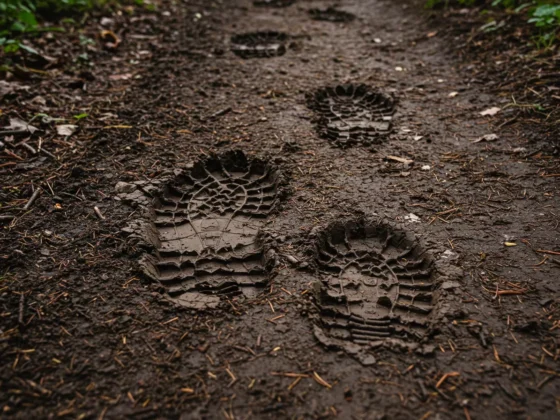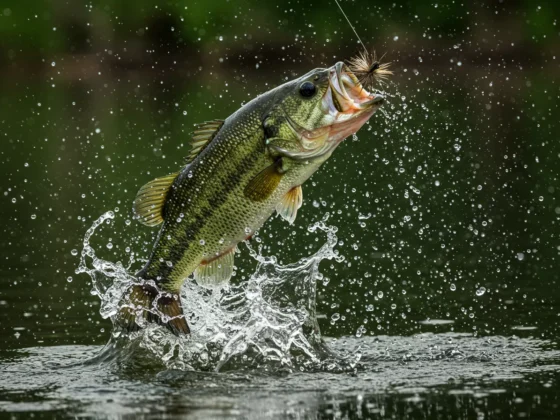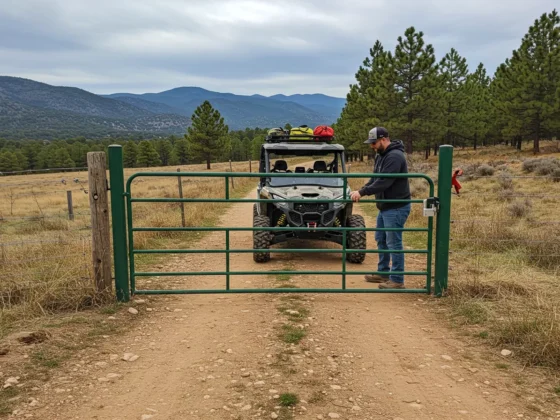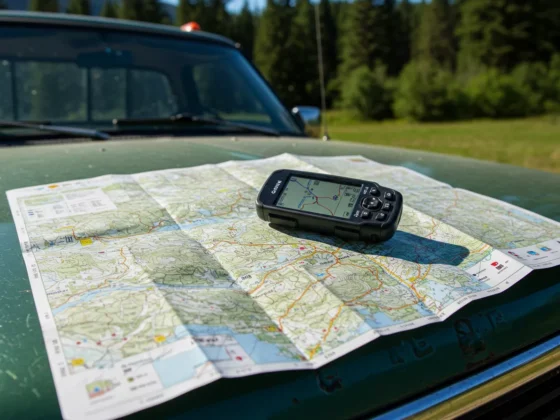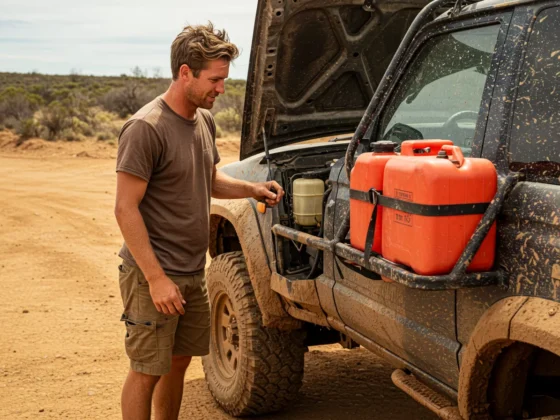Alright, settle in for a minute. We’re gonna talk about something that gets to the heart of why a lot of us pull on our boots in the first place – finding that real connection out there, the kind that hums just below the surface of the usual trail chatter. We’re talking about stepping off the highway and onto… well, the trail less traveled. Or sometimes, no trail at all.
You know that feeling, right? You’re on a popular path, it’s beautiful, sure, but you’re constantly stepping aside for folks, or the views feel a little too familiar from Instagram. There’s a different kind of peace, a deeper sense of discovery, when you venture away from the well-trod. It’s not about being anti-social; it’s about finding solitude, giving yourself space to see and hear and feel nature on its own terms.
Think of it like this: the main trail is the chorus of a song. Beautiful, recognizable, everybody sings along. But the trail less traveled? That’s the quiet bridge, the instrumental break, the part where the artist really pours their soul out. That’s where the magic often hides.
But let’s be real, stepping off the marked path isn’t just about wandering aimlessly hoping for enlightenment. It requires a bit more savvy, a bit more respect, and definitely a bit more preparation than your standard out-and-back on a paved greenway.
Here’s the lowdown, from someone who’s spent a fair bit of time barking my shins on brush and occasionally wondering if I’d actually ever find my way back to the truck (spoiler: I always have… so far).
Gearing Up for the Quiet
When you leave the established trails, your gear needs to step up its game. Why? Because you’re the first responder out there. There are no blazes to follow, no friendly faces around the bend if you twist an ankle, and water sources might be fewer and farther between.
- Navigation is Your Best Friend (and Your Lifeline): This is non-negotiable. You must know how to navigate.
- Topo Map & Compass: This is the absolute bedrock. Learn to read a topographic map – those squiggly lines (contour lines) aren’t just pretty patterns; they tell you about the shape of the land, the steepness, where drainages are. Understand declination and how to use your compass with your map. Practice this. Seriously. In your backyard, in a local park, before you need it miles from anywhere.
- GPS Device or App: These are fantastic tools, but they are not replacements for map and compass skills. Batteries die, signals drop, units break. Use them to supplement your understanding of where you are on the map, to mark waypoints, or as a backup. Make sure you know how to download offline maps if using a phone app. And always, always carry a power bank if relying on electronics.
- Footwear: Those lightweight trail runners might be great on packed earth, but off-trail, you’re dealing with uneven ground, hidden rocks, roots, and potentially wet, muddy, or brushy conditions. Look for something with good ankle support and a robust sole with aggressive tread. Leather or synthetic boots designed for backpacking or rugged terrain are often a good bet.
- Clothing: Durability becomes more important. Long pants are essential to protect your legs from scratches, ticks, and poison ivy/oak. Wear layers, preferably synthetics or wool, that wick moisture and dry quickly. Avoid cotton – it holds moisture and can make you cold when it’s damp. Consider gaiters to keep debris out of your boots in really thick stuff.
- Pack: Make sure it’s comfortable and carries everything you need without being overly cumbersome. Off-trail travel is slower and often involves negotiating obstacles, so a streamlined pack is helpful. Ensure it has enough capacity for extra water, layers, food, and safety gear.
- Safety & Repair: A comprehensive first-aid kit is a must. Add things like mole skin for blisters (because off-trail increases the chance), pain relievers, and any personal medications. A basic repair kit (duct tape, cordage, multi-tool) can fix a torn pack strap or a trekking pole. A signaling device (whistle, mirror) is smart. Consider a personal locator beacon (PLB) or satellite communicator if you’re going truly remote.
Navigating the Unseen Path: Techniques and Mindset
Getting off the beaten path isn’t just about where you go, but how you go.
- Slow Down and Observe: The pace off-trail is naturally slower. This is a good thing. It forces you to be present. Stop frequently. Look around. What do you see that you’ve never noticed from the main trail? Animal signs? Unique plants? Interesting rock formations? Listen. The woods sound different without foot traffic and conversation drowning everything out.
- Micro-Navigation: You won’t have blazes every few feet. You’ll navigate using terrain features – that big boulder, the bend in the creek, the saddle between two hills. Constantly relate your surroundings to your map. Look for prominent features in the distance that can serve as checkpoints.
- Leave No Trace (LNT) is PARAMOUNT: This isn’t just a suggestion off-trail; it’s an absolute necessity. Your impact is amplified because there’s no established path to absorb it.
- Travel on Durable Surfaces: Stick to rock, dry grass, or snow. Avoid stepping on vegetation whenever possible, especially delicate plants.
- Disperse Your Impact: Don’t create new trails. If you’re traveling with others, walk abreast to spread out your impact rather than following single file and creating a new rut.
- Pack it In, Pack it Out: Every single scrap of trash, including micro-trash. This goes double off-trail where nobody is coming behind you to clean up.
- Minimize Campfire Impacts: Better yet, avoid campfires altogether unless absolutely necessary and permitted.
- Respect Wildlife: Observe from a distance. Don’t approach or feed animals.
- Be Considerate of Other Visitors: Even off-trail, you might encounter someone. Yield to uphill traffic, keep noise levels down.
- What If You Get Disoriented? STOP: This is the single most important rule if you realize you’re not sure exactly where you are. Don’t panic and keep pushing forward, potentially getting more lost. STOP. Take a breath. Consult your map and compass. Try to identify nearby features. If you can’t figure it out, stay put and wait for conditions to improve or until you can formulate a plan. Using a whistle to signal distress (three short blasts) is a universal signal.
The Deeper Dive
So, why bother with all this extra effort? Because this is where you find the quiet conversations with the wild.
- Solitude: Stepping away from the crowds allows your mind to quiet down. You’re not distracted by others, by the pressure to keep a certain pace, or by navigating around people. This opens you up to really be in the environment.
- Sharpened Senses: When you have to pay closer attention to your surroundings for navigation and safety, your senses become heightened. You notice subtle changes in the terrain, the faint sound of water, the specific scent of pine or damp earth.
- A Sense of Discovery: There’s a unique thrill in finding a hidden waterfall, a perfect moss-covered rock to rest on, or an incredible viewpoint that isn’t marked on any map. It feels personal, like a secret shared between you and the wilderness.
- Problem-Solving: Navigating off-trail requires critical thinking and decision-making. Successfully finding your way using a map and compass, or figuring out the best way around an obstacle, builds confidence and a deeper understanding of the landscape.
- True Presence: Without the easy predictability of a marked trail, you are forced to be entirely in the present moment, focused on your surroundings, your footing, and your direction. That kind of singular focus is rare in our busy lives and is incredibly grounding.
Potential Pitfalls (We’ve All Hit ‘Em)
- Underestimating the Terrain: Just because it looks flat on the map doesn’t mean it’s easy going. Brush, downed trees, and hidden gullies can slow you down dramatically. Always add extra time to your estimates when going off-trail.
- Pushing On When You’re Unsure: The temptation to keep moving is strong, but if you’re not confident in your navigation, stopping sooner rather than later is always the right call.
- Not Checking the Weather: Weather can change rapidly, especially off-trail where finding quick shelter is harder. Check the forecast right before you go and be prepared for unexpected changes.
The Takeaway
Venturing onto the trail less traveled isn’t about being a hardcore bushwhacker right out of the gate. It’s about intentionally seeking a different experience. Start small – find a familiar park or forest and practice navigating just a short distance off a main trail, always knowing how to get back. Build your skills and confidence gradually.
The rewards are immense: a deeper connection to the natural world, a stronger sense of self-reliance, and the quiet satisfaction of discovering something truly unique. So, next time you lace up your boots, consider turning off the well-worn path. The woods are waiting to share some of their secrets, if you’re willing to listen.

